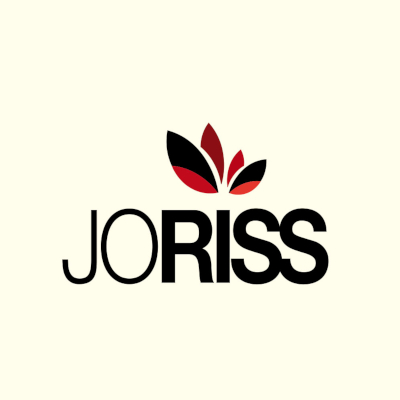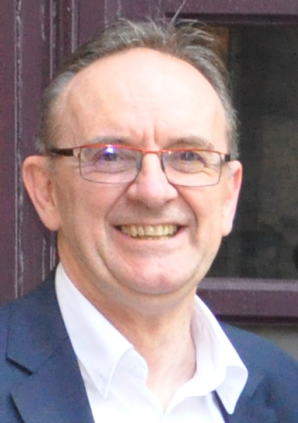
Title: Cleaner Oxidation Process Based on FDU and MCM-41 Titanium Catalyst
Directors: Laurent BONNEVIOT & HE Mingyuan
Discipline: Chemistry
Status: Developing project
Starting date: 2011. This project was incubated at Joriss from 2011 to 2012.
Supervision
Summary
Goal
This project concerns fundamental and applied scientific research on advanced materials with specific catalytic properties in oxidation reaction for the development of novel green chemical industrial processes and, for pollution abatement. This implies to bring together a large number and complementary expertises that can be found internationally where such issues are more crucial than everywhere else like China. Extension of the actual experimental work done by some of us need to be complemented by theoretical calculations. Therefore, it is important not only to facilitate personnel traveling and specific coast implied in the actual on going international scientific collaboration between East China Normal University (ECNU in Shanghai) and Ecole Normale Superieure de Lyon (ENSL) but also to favor its extension to other colleagues not only internally but also to another institution, namely Fudan University (Shanghai). The application to JoRISS is motivated is also motivated to create a seed for further research funding in other research agencies and private companies and favor the extension of our actal activities to more ambitious projects on environmental issues.
Context
The Future economical growth of strong countries with a larger number of emerging economies implies that each old and each novel human process has to include environmental issues, i.e., sustainability concepts. In the chemical industries, a process is considered to be green when it is less energetic and less polluting for an equivalent productivity. As far as chemical reactions are at stake, to produce faster, cheaper and cleaner one of the solutions is catalysis. It allows the reactions to take place at lower temperature, sometimes faster and most importantly, to favor the formation of the desired product and, consequently to minimize the waste. The most challenging industrial problems are oxidation reaction that uses polluting reactants, may lead to undesirable and polluting byproducts. The actual trend is to move towards none toxic metals such as titanium or iron inserted in a porous matrix where the reactants and the products can penetrate and react selectively. Zeolites such as the iron or titanium zeolites haves been extensively studied. However, due to their inherent microporosity, the active sites in zeolites are accessible through windows of 1 nm or less, i. e., the size of small molecules such as xylenes, styrene etc. Large substrates of more interesting value cannot be treated that way. New functionalized porous materials should be developed. Actually, strong effort are developed around mesostructured MCM-41 or 48 silicas with pore sizes of 2 to 6 nm containing such metals but more need to be made on the direct atomic neighboring (coordination) but above all the molecular vicinity that is determinant in enzymes to create the confinement required for the selectivity. In addition, many other reactions could be favored on this principles and some developments around other processes involving environment hazardeous molecules such as CO, NO or CO2 could be investigated according to the literature, this will be kept in mind and eventually explored in this joint program.
Scientific proposal summary
Our approach is based on the observation that mother nature produces natural catalysts named enzymes that are capable to catalyze very specific oxidation reactions at room temperature with atmospheric dioxygen in aqueous environment and at room temperature. The metallo-enzymes of oxidase type contains usually cationic iron or copper and eventually manganese in a very well controlled molecular environment called the coordination that contains amines (ex: histidine, His), carboxylate (glutamate, Glu) provided by the side chain of the proteic matrix. Here, we like to transpose these structural characteristics to silica or polymer based mesoporous materials called MCM-41 wide used in ENS Lyon or FDU developed by Fudan University. The metal will be mainly titanium known to work as oxidant catalytic center with hydrogen peroxide as clean oxidant agent. The focus will be made on mesoporous material based on silica or polymers functionalized by specific transition metals chosen for their catalytic properties in phenol oxidation. The latter reactions are useful not only for remediation of phenol traces in industrial water and also for the production of key intermediates in dye industry or in pharmaceuticals. Conjugated double bond and none conjugated double bond oxidation reactions will be also considered on probe molecules, particularly to produce epoxides.
Complementary expertise of the French and Chinese laboratories
To tackle the problem, three laboratories will collaborate on common objectives. All are implied in the designed or the use of porous materials for various applications including those mentioned above with specific expertise more developed in each institution. The laboratory of Fudan University has developed a unique international expertise in the design of novel porous materials. Recently, this laboratory has invented mesoporous polymers call FDU that will be useful in the project. The French Laboratory has developed a unique heterogeneous catalysis design based on molecular engineering of oxide surfaces (ENS Lyon) while the other Chinese laboratory is specialized in catalytic reactivity and development of green chemical processes (East China Normal University). Both Chinese laboratories have already on going collaborative works with published articles. The French laboratory has engaged a strong collaborative program of research with one of the Chinese laboratory (ECNU) on the design of metal based mesoporous silica for oxidation reaction (2 thesis in common already defended and a third one on the way; 4 articles published and several submitted and in preparation). The conjunction of the three laboratories will create a stronger synergy to bring original solutions on the societal problems above mentioned.
Activities
Better Chemistry for A Better Life II
From 7 to November 8, 2011
ENS de Lyon
Conference organized by Pr. Laurent Bonneviot








